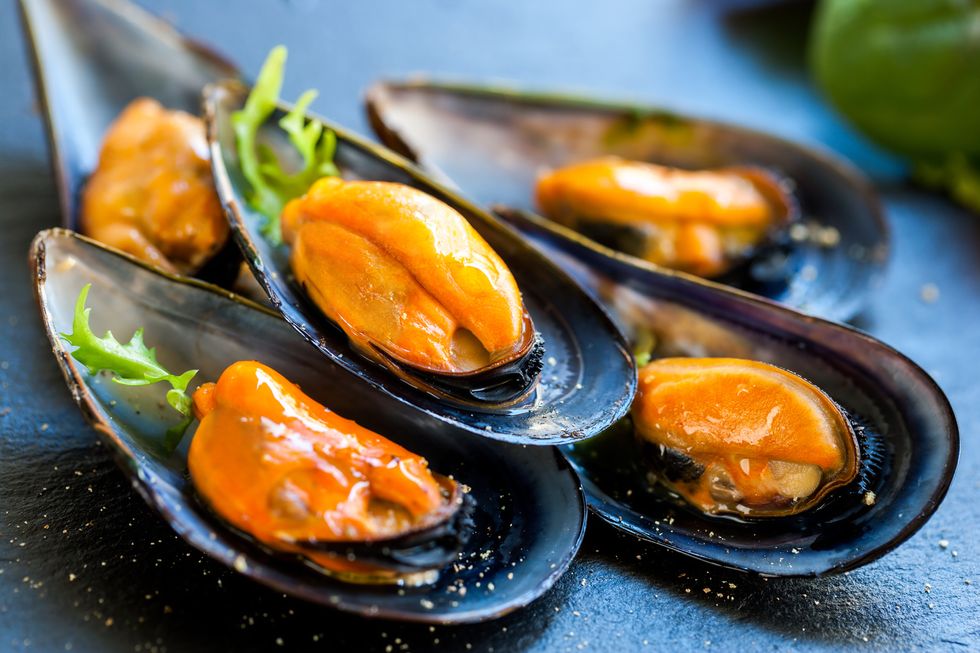
A fundamental mineral for the well-being of the whole organism. Let's find out together how to stock it up through nutrition.
Dull complexion, tiredness, shortness of breath. And again, headaches, irritability, dizziness.
Here are some of the warning signs of anemia, a condition in which the number of red blood cells falls beyond the values defined as normal, thus compromising the health of the entire body.
A common problem that should not be underestimated because the causes can be different, more or less important, and in relation to these, the right treatment must be established.
One of the most common is iron deficiency, and, in this situation, the first intervention to be implemented is on daily nutrition.
An essential mineral
Iron is a fundamental mineral; it makes up hemoglobin, the protein that carries oxygen from the lungs to other tissues in the body. It is assimilated through what we eat, but not all foods contain an important amount, and at times, it can be more difficult to assimilate. Valentina Bolli, the dietician, explains, "The need for iron is considerable, especially in women and varies according to age. It goes from 18 mg in childbearing age to 27 mg in pregnancy, 11 mg in breastfeeding, and finally 10 mg in menopause. And It is essential to keep in mind that not all the iron contained in food is easily assimilated ".
1) Offal in the first position
170558 In the list of foods richest in iron, we find first and foremost offal. Bolli specifies, "We refer, for example, to the spleen, to the beef liver which contains 8.8 mg per 100 gr, or to the pork liver which contains 18 mg. However, we must remember that offal is the organs responsible for detoxifying the body. Therefore they should be consumed in moderation ".
2) Mussels in pole position among the catch
142461 Among seafood, mussels (5.8 mg) are particularly rich in iron, but also oysters (with 6 mg out of 100), caviar eggs (11.8 mg). Clarifies the dietician "Of course, for an accurate choice that can really contribute to improving the deficiency of this precious mineral, you must always consider the quantity consumed, to understand the true contribution of iron."
3) Horse meat and bresaola
If instead, we take meat into consideration, Bolli affirms, "It must be said that the red contains more iron than the white, it must be said that the primacy goes to horse meat (with 3.9 mg), bresaola 2.4 mg, sausage with 2.8 mg. Followed by lamb with 1.7, fillet with 1.4. Much lower instead of pork 0.8 mg, chicken with 0.6 mg ".
4) The radicchio on the podium among the vegetables
170561 Among the vegetables, on the other hand, radicchio is worthy of note with 7.8 mg, even if, as the doctor correctly points out, "It is very important to keep in mind that the iron contained in vegetables is much more difficult to assimilate because it is bound, it must be released from the compound in which it is found. "
5) Without forgetting the legumes
140911 Finally, legumes should not be forgotten. The dietician says, "Among vegetables, they are one of the main sources of iron: beans with 9 mg and chickpeas with 6.4 mg. Let's dispel a false myth: spinach, although it has always been stated the opposite, is not so rich in iron: they contain 2.9 mg per 100 gr. This information is probably due to an error, never corrected over time ".
The clever combinations
It is also essential, in order to maximize the assimilation of the mineral, to take into account some aspects that can significantly influence its assimilation. Bolli explains, "There are combinations of foods / substances that favor the absorption of iron and others that can hinder it. Among the winning associations is that with ascorbic acid or vitamin C (such as the classic bresaola seasoned with lemon). No to the combination with calcium (banned for example bresaola and goat cheese) or with tannic acid (tea or chocolate, which counteract its absorption ".







